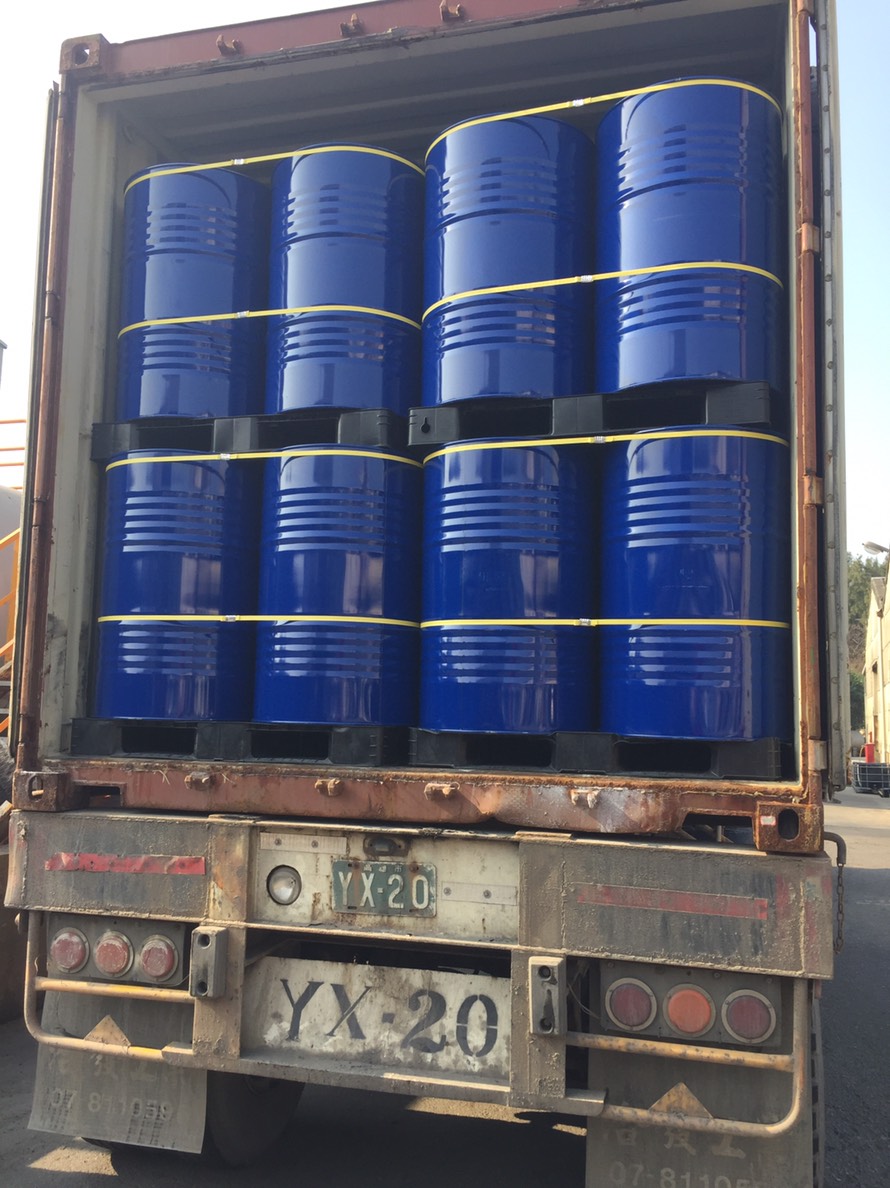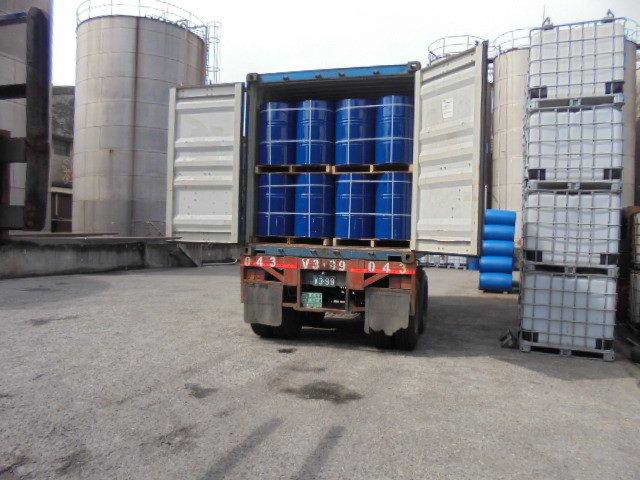
What is Triethylene Glycol and their application?
Synonyms:
- 1,2-BIS(2-HYDROXYETHOXY)ETHANE
- 1,2-DI(BETA-HYDROXYETHOXY)ETHANE
- DI-BETA-HYDROXYETHOXYETHANE
- 1,8-DIHYDROXY-3,6-DIOXAOCTANE
- 3,6-DIOXAOCTANE-1,8-DIOL
- 2,2'-(1,2-ETHANEDIYLBIS(OXY))BISETHANOL
- ETHYLENE GLYCOL DIHYDROXYDIETHYL ETHER
- ETHYLENE GLYCOL-BIS-(2-HYDROXYETHYL)ETHER
- 2,2'-ETHYLENEDIOXYBIS(ETHANOL)
- 2,2'-ETHYLENEDIOXYDIETHANOL
- 2,2'-ETHYLENEDIOXYETHANOL
- GLYCOL BIS(HYDROXYETHYL) ETHER
- 2-[2-(2-HYDROXYETHOXY)ETHOXY]ETHANOL
- TEG
- TEG (GLYCOL)
- TRIETHYLENE GLYCOL
- TRIETHYLENE GLYCOL DIMALEATE
- TRIGEN
- TRIGLYCOL
- TRIGOL
Linear Formula: HO(CH2CH2O)2CH2CH2OH
CAS Number: 112-27-6
The molecular formula: C6H14O4
Molecular Weight: 150.17
Triethylene glycol (TEG) is a straight-chain diol that is a colorless, odorless, non-volatile, hygroscopic liquid at room temperature. It is characterized by two hydroxyl groups and two ether linkages, which contribute to its high water solubility, hygroscopicity, solvent properties, and reactivity with many organic compounds.
It is a clear, almost colorless and odorless hygroscopic liquid at room temperature. Applications • Unsaturated polyester resin • Polyester polyol • Lubricant and coupling agent • Plasticizer • Humectant and dehydrating agent • Solvent Triethylene glycol is used as a dehydrating agent for natural gas. Solvents and lubricants in textile printing and dyeing; plasticizers; raw materials for the production of polyester resins and polyols; humectants; components of hydraulic oils; selective solvents for aromatic hydrocarbons.

Traditionally, it has been used in many of the same applications as diethylene glycol. However, due to its lower toxicity, it is gradually replacing diethylene glycol in many of these applications. It is widely used as a plasticizer, an additive to hydraulic and brake fluids, and a disinfectant. It is an active ingredient in some pigments, printing dyes, inks and pastes. It can be used as a liquid desiccant for dehydration of natural gas, carbon dioxide, hydrogen sulfide and air conditioning systems. It plays an important role in antifreeze and deicing products, cleaning and furniture care products, lubricants and greases. Or humectants for tobacco, cork compositions, textile fibres, paper, leather and adhesives. As a softener for regenerated cellulose films approved for use in food contact. Levels of up to 27% by weight calculated relative to the amount of anhydrous regenerated cellulose membrane may be used. As a solvent, triethylene glycol is a component of steam-curing printing inks and is a good solvent for nitrocellulose resins and various other resins and gums. Triethylene glycol is used in commercial processes to selectively recover high purity aromatic fractions from petroleum fractions. Due to its antiseptic properties and low toxicity, TEG is an effective disinfectant against bacteria, viruses and fungi, including spores. In personal care applications, it is used as an effective preservative and accelerator for other preservatives in complex ingredients, extending the shelf-life and usable life of products after packaging.
TEG is used by the oil and gas industry to "dehydrate" natural gas. It may also be used to dehydrate other gases, including CO2, H2S, and other oxygenated gases. It is necessary to dry natural gas to a certain point, as humidity in natural gas can cause pipelines to freeze, and create other problems for end users of the natural gas. Triethylene glycol is placed into contact with natural gas, and strips the water out of the gas. Triethylene glycol is heated to a high temperature and put through a condensing system, which removes the water as waste and reclaims the TEG for continuous reuse within the system.

Triethylene Glycol application
- Adhesives and Sealants
- Coating
- Emulsifiers
- Water soluble Lubricants
- Plasticizers for PBT films
- Polyurethane
- Polyester Resins
- Fungicide
- Polyester Polyols
- Foams
- Fuel additive
- Solvents
- Silicone Compounds
- Thermoplastics
- Unsaturated Polyester Resins
- Dewater agent of natural gas dehydration
- Chemical cleaning agent
- Chemical leavening agent
- Moisturizers agent of Cosmetic
- Dehydrate natural gas and Treating
- Cement grinding aid.
- Anti-freeze
- Coolants
- Chemical Intermediates
- Heat Transfer Fluids
- Polyester resins
- Hydraulic fluids and brake fluids
- The solvent in Printing ink industry
- Automotive care products
- Building and construction materials
